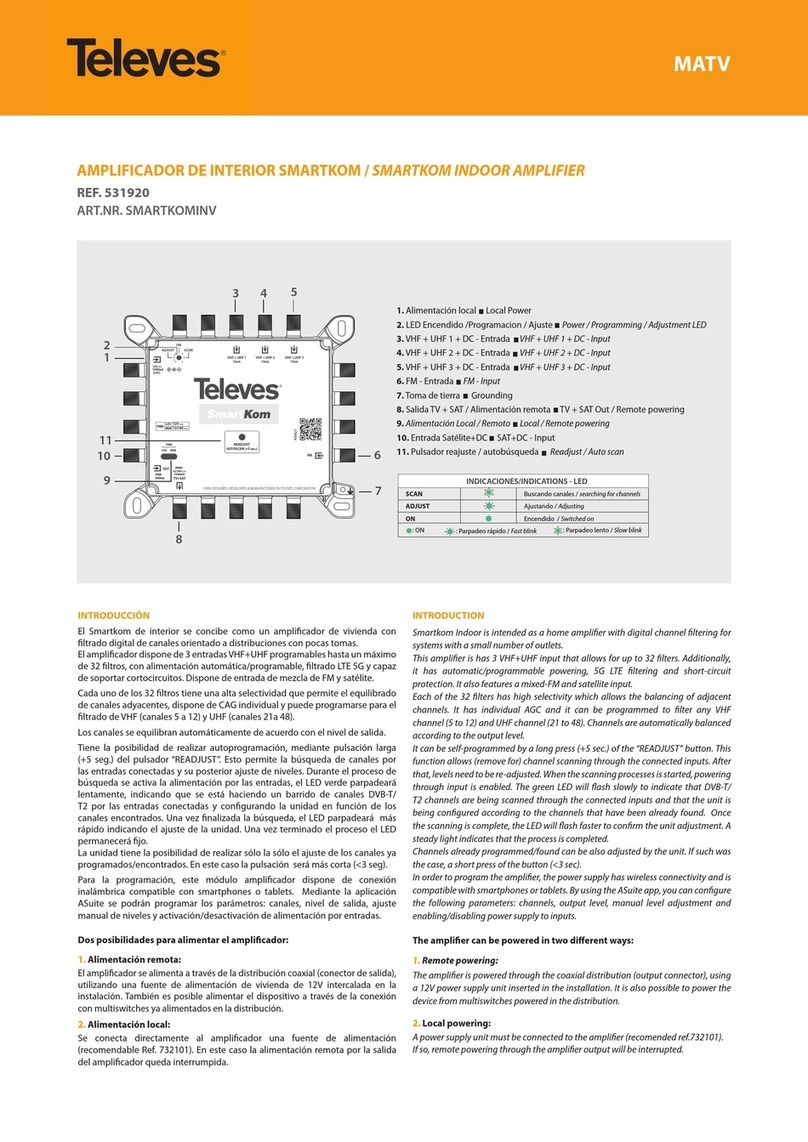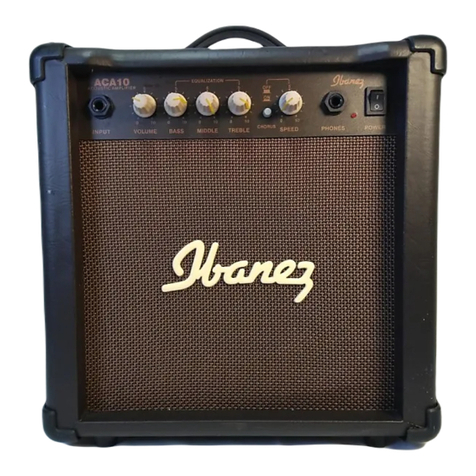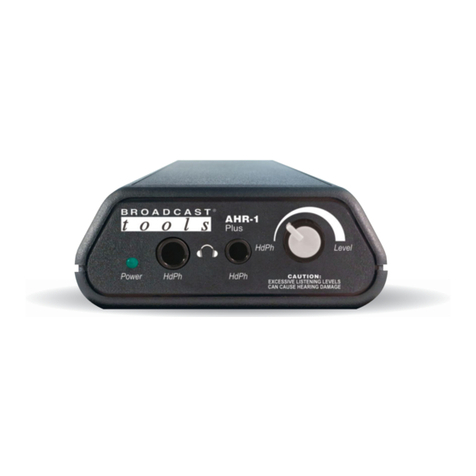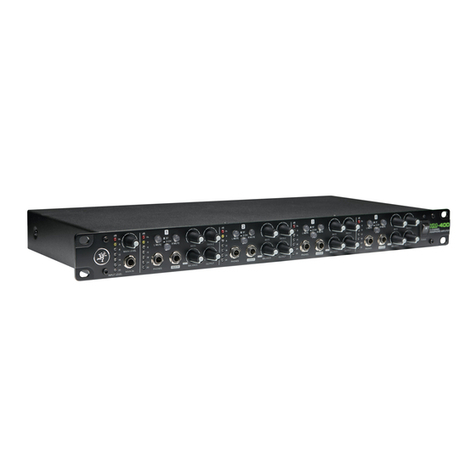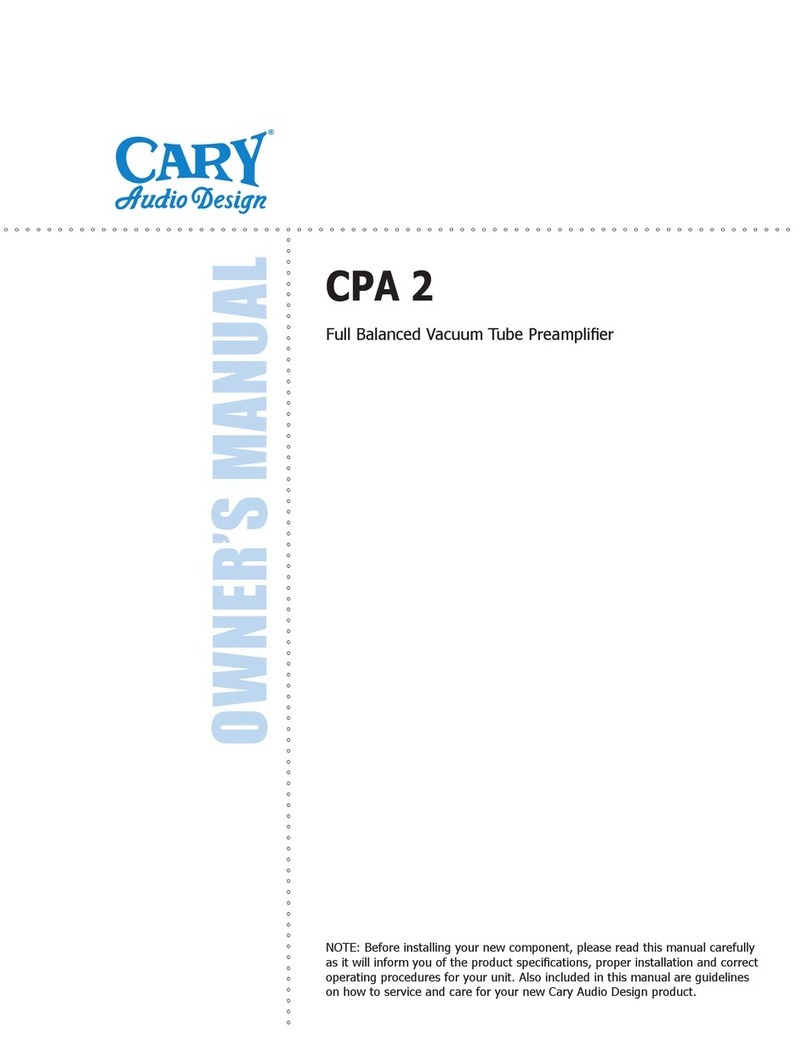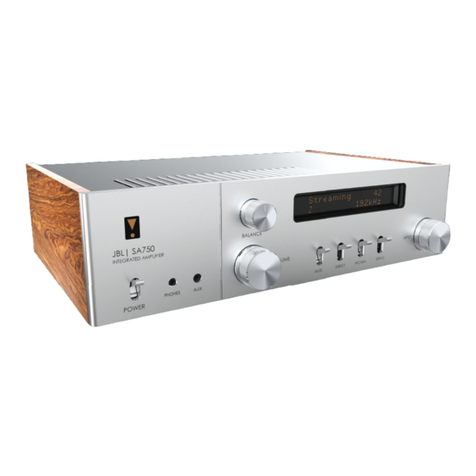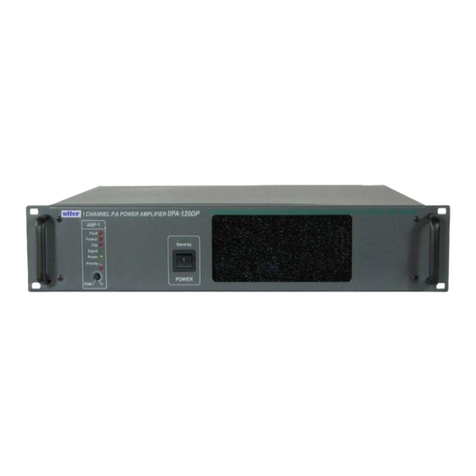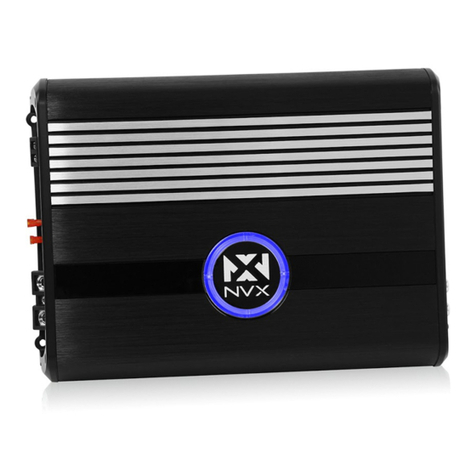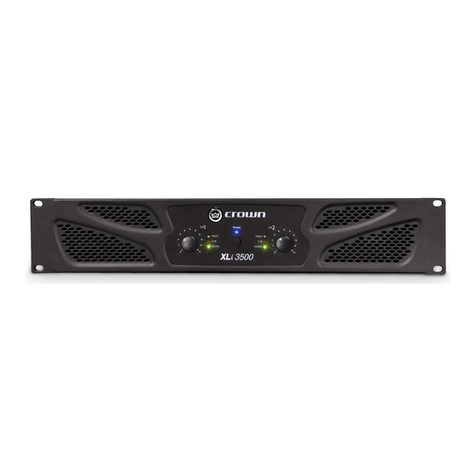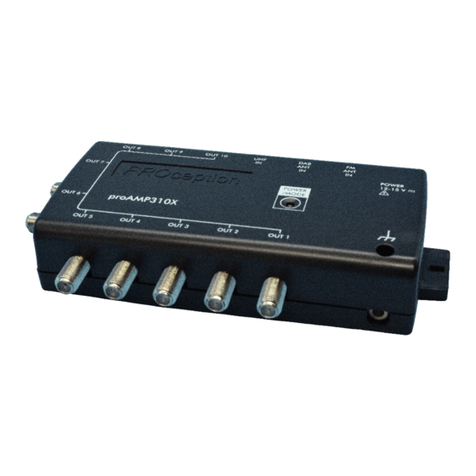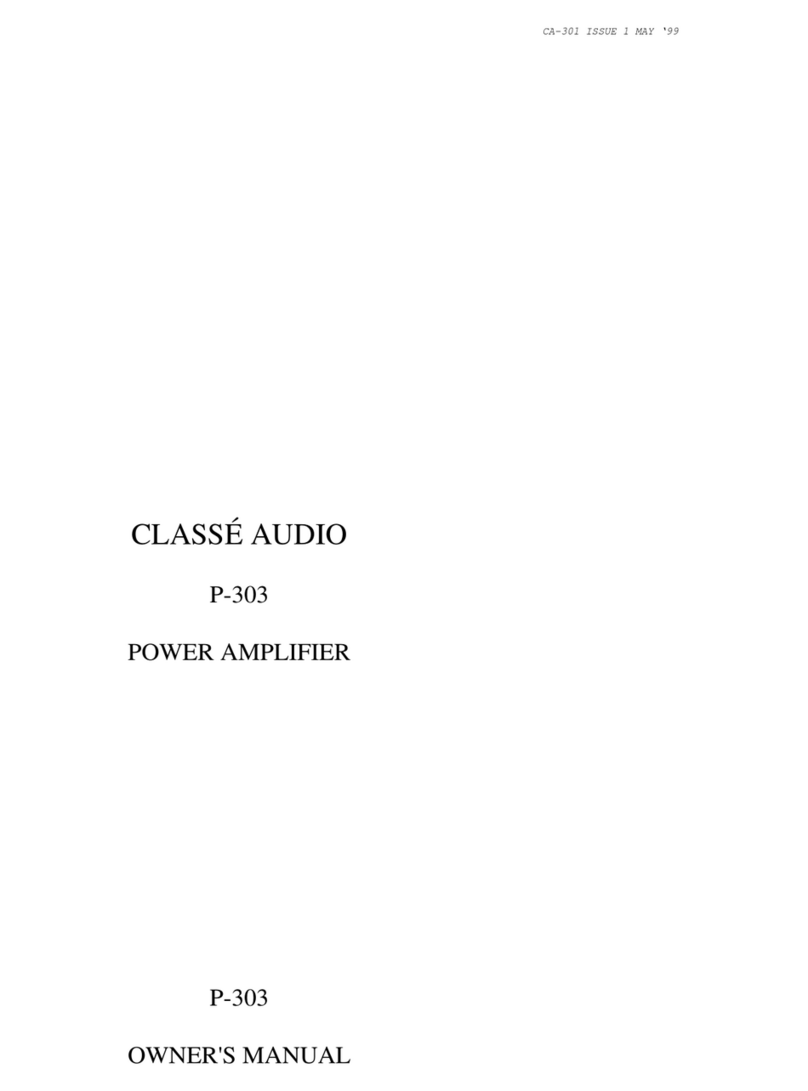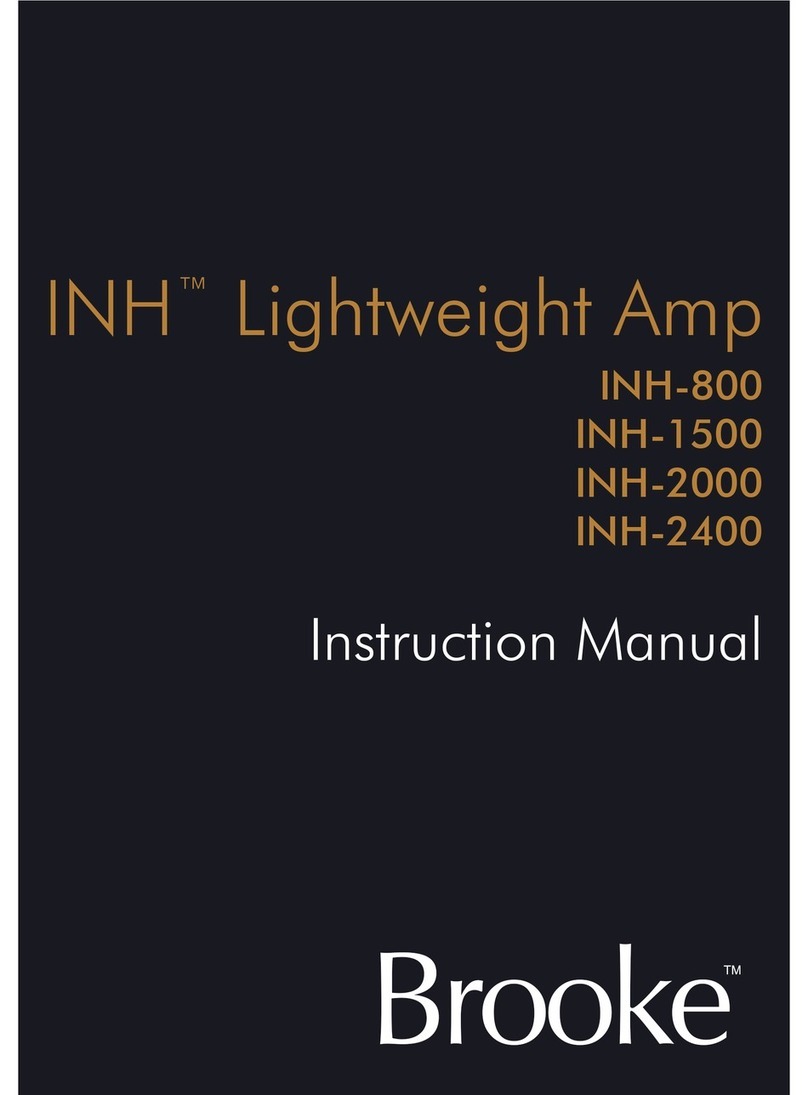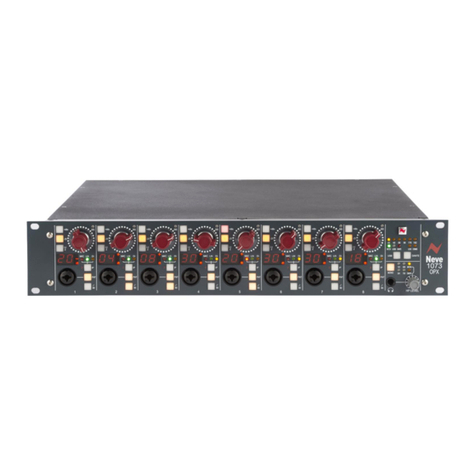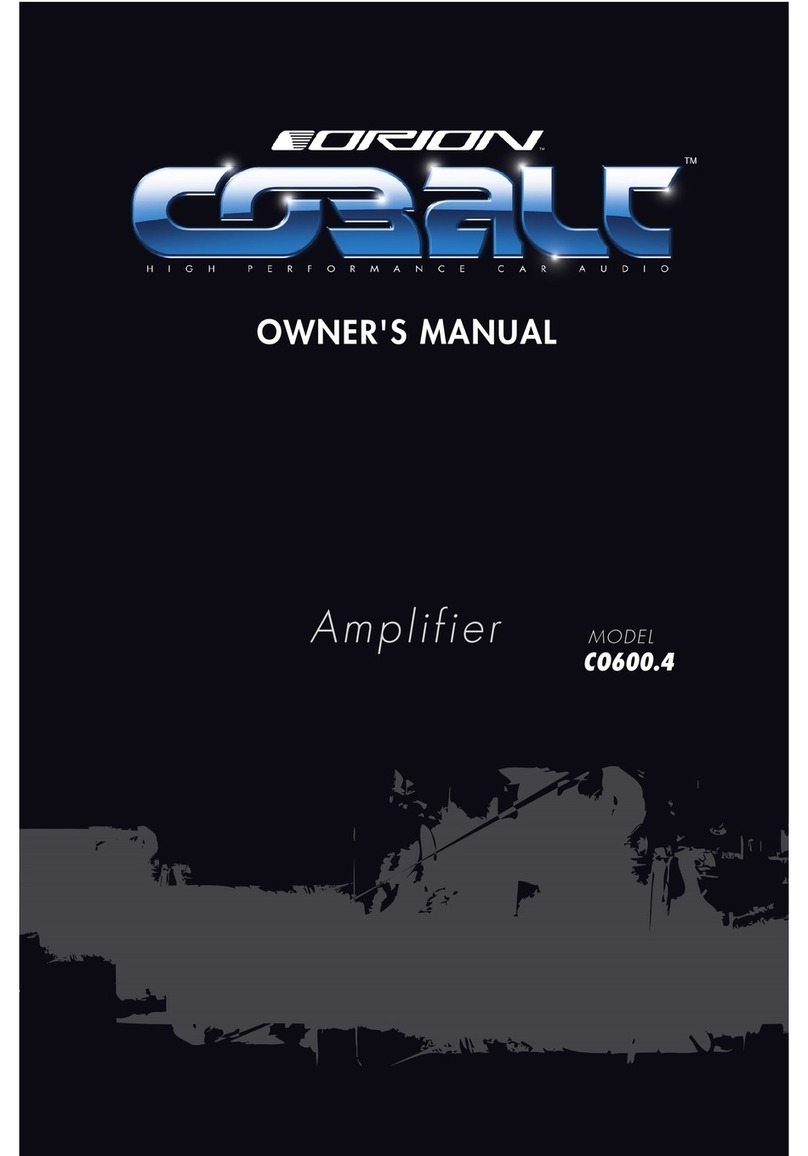CharterOak SCL-1 Quick start guide

47 Pearl Street :: Enfield, CT 06082 USA :: charteroakacoustics.com CharterOak
ACOUSTIC DEVICES
OPERATIONAL MANUAL
CharterOak Acoustic Devices
MODEL SCL-1 COMPRESSOR LIMITER

47 Pearl Street :: Enfield, CT 06082 USA :: charteroakacoustics.com CharterOak
ACOUSTIC DEVICES 47 Pearl Street :: Enfield, CT 06082 USA :: charteroakacoustics.com CharterOak
ACOUSTIC DEVICES
Thank you for purchasing the CharterOak SCL-1 Discrete Compressor Limiter. You have
purchased one of the best sounding compressor amplifiers in the world. The SCL-1 is a
solid-state compressor/limiter that employs all discrete electronics and ultra-high quality
input and output transformers. There are no vacuum tubes, integrated circuits, or photo-
optical devices in the SCL-1. As a result, the model SCL-1 offers extremely fast attack times
without overcompensation and without the familiar pumping, gasping and distortion
inherent in most compressor/limiters.
READ CAREFULLY BEFORE PROCEEDING
Any changes or modifications to this equipment will void your warranty and could void your authority to operate
this equipment under the EC or FCC rules.
1. Copyright: You acknowledge that no title to the intellectual property in the SCL-1 is transferred
to you.
2. Inspection: Inspect packing boxes, SCL-1, and cables for damage, unusual marks, or shortages. It is your
responsibility to report damage, shortage, or misshipments in a timely manner. CharterOak Acoustic Devices
and/or its dealers will not be responsible for claims arising from damage in shipping, nor will claims for
shortage or misshipments be honored, more than 30 days after ship date without direct authorization from
CharterOak.
3. Read this manual carefully and completely before attempting to use the SCL-1. Improper operation could
result in damage to product. It is the user’s responsibility to understand the safe use and operation of this device.
4. The shipping box of the SCL-1 system will include (1) Owner’s Manual, (1) SLC-1 Unit, (1) a UL
approved power cord, (1) Warranty Registration Card. Fill out the Warranty Registration Card and return to
CharterOak Acoustic Devices at your earliest ability to activate the Lifetime Warranty.
The material contained in this manual consists of information that is property of CharterOak Acoustic Devices
and is intended solely for use by the purchasers of the equipment described in this manual. CharterOak Acoustic
Devices expressly prohibits the duplication of any portion of this manual or the use thereof for any purpose other
than the operation and/or maintenance of the equipment described in this manual without the express written
permission of CharterOak Acoustic Devices.
Serial numbers are located on the rear right side of each unit. We suggest that you record the serial numbers in
the space provided below. Refer to it whenever you call or email CharterOak Acoustic Devices Service Department.
Make sure that you return your completed warranty card immediately.
Features and specifications subject to change without notice.
© 2008 CharterOak Acoustic Devices, LLC., All rights reserved
Serial No. ______________________________________________________________
Purchase Date ___________________________________________________________
Where Purchased _________________________________________________________
WARNINGS AND PRECAUTIONS
Always follow the basic warnings and precautions listed below to avoid the possibility of serious physical injury to you or
others, death, damage to the device, from electrical shock, short-circuiting, damages, fire, or other hazards.
These warnings and precautions include but are not limited to the following:
This device contains no user-serviceable parts. Do not attempt to disassemble or modify the internal components of the SCL-1
in any way. Doing so will void your warranty.
Do not expose the SCL-1 to rain, or use it near water or in damp conditions.
If the audio cables become frayed or damaged, there is a sudden loss of sound during the use of the SCL-1, or if any unusual
smells or smoke should appear to be caused by it, immediately turn off the power on all devices in use, disconnect the SCL-1,
and have it inspected by qualified technicians.
Only use the AC line voltages supported by the multi-tap power transformer employed in the SCL-1. The SCL-1 has a voltage
selector switch located at the rear of the unit which allows for 115 and 230 volt operation.
Do not place the audio or power cords near heat sources such as heaters or radiators, and do not excessively bend or
otherwise damage the cords, place heavy objects on them, or place them in positions where anyone could walk on, trip over,
or roll anything over them.
The SCL-1 is extremely robust and is designed to provide years of continuous operation, even in adverse environments.
However, if possible, you should not expose the SCL-1 to any excessive dust or vibrations, or extreme cold or heat. This
includes but is not limited to: a car on a hot day, direct sunlight for extended periods of time, or near a heater, radiator, or
air conditioner.
NOTE: CHARTEROAK Acoustic Devices cannot be held responsible for damages caused by improper use or modifications of
the SCL-1 discrete compressor limiter.

47 Pearl Street :: Enfield, CT 06082 USA :: charteroakacoustics.com CharterOak
ACOUSTIC DEVICES 47 Pearl Street :: Enfield, CT 06082 USA :: charteroakacoustics.com CharterOak
ACOUSTIC DEVICES
GETTING STARTED
The SCL-1 will provide a constant output level regardless of input level or frequency. The release characteristic is a function
of the total dynamic range and the average program level. The device achieves this through waveform differentiation and
integration. The SCL-1 employs a rectifier circuit that has a parabolic average charge curve. The intent of the circuit is to
provide fast releases of rhythmic and staccato peaks, which release to a continually changing average level or sustained
music, which is determined by the parabolic charge curve of the storage capacitors. The SCL-1 has low inherent noise and
broad dynamic range. Its rich and balanced sound makes it an ideal choice for extremely high quality dynamics control in
the recording, mixing, and broadcast environments. The SCL-1 is exceptional when used as a stereo buss compressor.
When used as a stereo buss compressor, the CharterOak SCL-1 completely eliminates the need for high pass and low pass
filters, other equalizers used in side chains, and other convoluted signal paths. Most compressor limiters when used in the
mix buss, will react to transient peaks in such a way as to make it sound like there is a ducker on the vocal or the rest of the
mix. The circuit employed in the SCL-1 releases to a constantly changing average program level with a characteristic that is
extremely musical due to the parabolic charge curve of the storage capacitors.
The SCL-1 employs NO MAGIC BLACK BOXES or other wallet shrinking components. All of the components used in the SCL-
1 are readily available and are employed in a manner so as to provide high headroom for years of use, without the need
for shut-down or service.
The SCL-1 can be used a stereo signal processor or two independent signal processors.
For stereo operation, set the MODE switch to STEREO and the meter switch to Channel 1. When using the unit with the MODE
switch set to STEREO, the STATIC THRESHOLD, DYNAMIC THRESHOLD, ATTACK, RELEASE, and SLOPE controls on channel
1 control the unit. The INPUT and OUTPUT controls remain independent and constantly variable in both STEREO and DUAL
modes of operation.
Begin by calibrating the STATIC THRESHOLD control on channel one for 2.9 VDC or “0” VU. To start, apply program material
with peaks of at least “0” VU to the input jacks at the rear of the unit. The SCL-1 is intended for +4 balanced operation.
Set the INPUT control at “7”. Set the DYNAMIC THRESHOLD control at “7” or close to the lowest possible threshold. Set the
ATTACK control at “3”, or medium fast. Set the RELEASE control at “7” or medium fast. Set the SLOPE control at “5” or 10:1
compression. Gradually turn OUPUT control clockwise to achieve the desired output level. NOTE: These settings are intended
to be a suggested starting point and can vary according to the level and rhythmic characteristics of the program material.
If the compressor is inactive you need to take one or more of the following steps; increase INPUT level, lower DYNAMIC
THRESHOLD, use faster ATTACK time, increase SLOPE.
It is suggested that you do not adjust the STATIC THRESHOLD control again until you are satisfied with your results. After
you are satisfied with the dynamics and rhythm of your program material, you can use the STATIC THRESHOLD control as a
constantly variable knee control. By slightly raising the control voltage towards 5.0 VDC or counter clockwise you can create
less potential for swing in the control circuit, thus softening the knee. Alternatively, you can slightly lower the control voltage
towards 2.5 VDC or clockwise, creating the potential for more swing in the control circuit thus hardening the knee.
For dual mono operation, set the MODE switch to DUAL. The METER switch can now be used to monitor the activity on
channels 1 and 2. Start by putting the METER switch in the channel 1 position. Calibrate the STATIC THRESHOLD control
on channel 1 for 2.9 VDC or “0” VU. Put the METER switch in the channel 2 position and calibrate the STATIC THRESHOLD
control on channel 2 for 2.9 VDC or “0” VU. To start, apply signal with peaks of “0” VU to the input jacks at the rear of the
unit. Set the INPUT controls at “7”. Set the DYNAMIC THRESHOLD controls fully clockwise or lowest possible threshold. Set
the ATTACK controls at “3”, or medium fast. Set the RELEASE controls at “7” or medium fast. Set the SLOPE control at “5”
or 10:1 compression.
Exactly as when you are using the SCL-1 as a stereo compressor, it is suggested that you do not adjust the STATIC THRESHOLD
control again after calibration until you are satisfied with your results. After you are satisfied with the dynamics and rhythm of
your track, you can use the STATIC THRESHOLD control as a constantly variable knee control. By slightly raising the control
voltage towards 5.0 VDC or counter clockwise you can create less potential for swing in the control circuit, thus softening the
knee. Alternatively, you can slightly lower the control voltage towards 2.5 VDC or clockwise, creating the potential for more
swing in the control circuit thus hardening the knee.
Gradually turn the OUPUT control clockwise to achieve the desired output level. NOTE: These settings are intended to be a
suggested starting point and can vary according to the level and rhythmic characteristics of the program material.
The SCL-1 has extremely high headroom and allows for several decibels of make up gain if necessary.
Always make sure you put enough signal into the compressor. Never be afraid to drive the unit. It will never pump or gasp
or distort. In order to achieve the best results, all of the controls on the SCL-1 are constantly variable. The SCL-1 is capable
of extremely fast attack times. Setting the ATTACK CONTROL on “0” or 100us can be useful, but is not recommended. Be
careful to adjust the ATTACK and RELEASE controls in a manner so as to allow the peaks in the music to come through
clearly. This will ensure that all of the rhythmic content of the music is preserved and enhanced.
Additionally, when using the SCL-1 as a stereo buss compressor, try to make sure that the average gain reduction is no less
than -3 dB and no more than -20 dB. Average gain reduction on the order of -4dB to -8dB, will result in a +3dB slope shift,
providing a higher average modulation level.

47 Pearl Street :: Enfield, CT 06082 USA :: charteroakacoustics.com CharterOak
ACOUSTIC DEVICES 47 Pearl Street :: Enfield, CT 06082 USA :: charteroakacoustics.com CharterOak
ACOUSTIC DEVICES
SIGNAL FLOW
IN INPUT
AMPLIFIER
VOLTAGE CONTROLLED
LINEAR AMPLIFIER
OUTPUT
AMPLIFIER OUT
METER
AMP
AMP
PARABOLIC Đ
STORAGE CIRCUIT RECTIFIER
PHASE
INVERTER
ATTACK
SLOPE
RELEASE RATIO
SPECIFICATIONS
Frequency Response: 20Hz to 22kHz
Harmonic Distortion: Less than 1% with 20dB of gain reduction @ +20dBm output.
Maximum Output: +22 dBm
Signal to Noise Ratio: -80dB referenced to +10dBm
Attack Time: Adjustable from 100us to 5ms
Hold Time: Less than 2ms. Unit provides a soft clip. (Less than 3% total harmonic distortion @ 3dB clip)
Release Time: Adjustable from 20ms to 2 seconds.
Crosstalk: -90dB
Input Impedance: 600 Ohms balanced
Output Impedance: 600 Ohms balanced
Sync Tracking: Control circuits are matched to within less than .25dB over the entire gain reduction range
Power Requirements: 117 VAC or 230 VAC
WARRANTY
CharterOak Acoustic Devices will repair this product, free of charge, in the event of defect of materials
or workmanship for the lifetime of the product. This warranty is extended only to the original purchaser.
This warranty covers failures due only to defects in materials and workmanship which occur during
normal, intended use and does not cover damage which occurs in shipment or failures which are caused
by products not supplied by CharterOak Acoustic Devices. This warranty does not cover failures which
arise from accident, misuse, abuse, neglect, mishandling, misapplication, faulty installation, improper
adjustment, alteration or modification of product, incompatibilities, line-power surges, acts of God, or
service performed by anyone other than CharterOak Acoustic Devices or its authorized agent.
CharterOak Acoustic Devices
47 Pearl Street
Enfield, CT 06082 USA
T 860-698-9794
F 860-698-9812
www.charteroakacoustics.com

47 Pearl Street :: Enfield, CT 06082 USA :: charteroakacoustics.com CharterOak
ACOUSTIC DEVICES
SCL-1 SESSION RECALL
INPUT
STATIC
THRESHOLD
DYNAMIC
THRESHOLD
ATTACK
RELEASE
SLOPE
OUTPUT
INPUT
STATIC
THRESHOLD
DYNAMIC
THRESHOLD
ATTACK
RELEASE
SLOPE
OUTPUT
INPUT
STATIC
THRESHOLD
DYNAMIC
THRESHOLD
ATTACK
RELEASE
SLOPE
OUTPUT
INPUT
STATIC
THRESHOLD
DYNAMIC
THRESHOLD
ATTACK
RELEASE
SLOPE
OUTPUT
INPUT
STATIC
THRESHOLD
DYNAMIC
THRESHOLD
ATTACK
RELEASE
SLOPE
OUTPUT
INPUT
STATIC
THRESHOLD
DYNAMIC
THRESHOLD
ATTACK
RELEASE
SLOPE
OUTPUT
INPUT
STATIC
THRESHOLD
DYNAMIC
THRESHOLD
ATTACK
RELEASE
SLOPE
OUTPUT
INPUT
STATIC
THRESHOLD
DYNAMIC
THRESHOLD
ATTACK
RELEASE
SLOPE
OUTPUT
INPUT
STATIC
THRESHOLD
DYNAMIC
THRESHOLD
ATTACK
RELEASE
SLOPE
OUTPUT
INPUT
STATIC
THRESHOLD
DYNAMIC
THRESHOLD
ATTACK
RELEASE
SLOPE
OUTPUT
INPUT
STATIC
THRESHOLD
DYNAMIC
THRESHOLD
ATTACK
RELEASE
SLOPE
OUTPUT
INPUT
STATIC
THRESHOLD
DYNAMIC
THRESHOLD
ATTACK
RELEASE
SLOPE
OUTPUT
Table of contents

